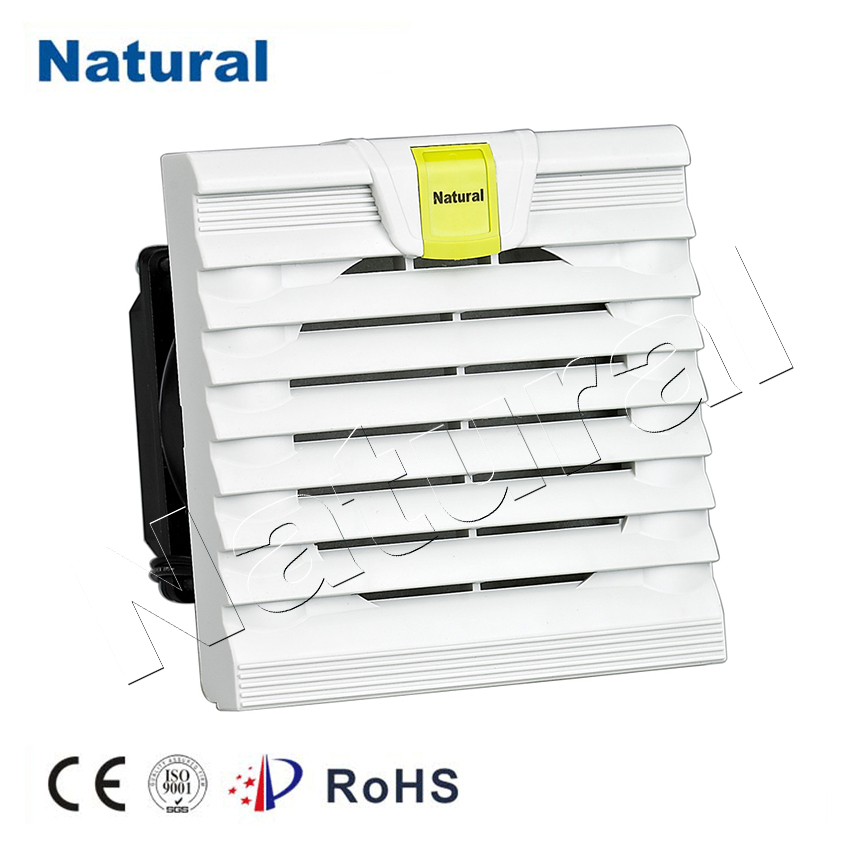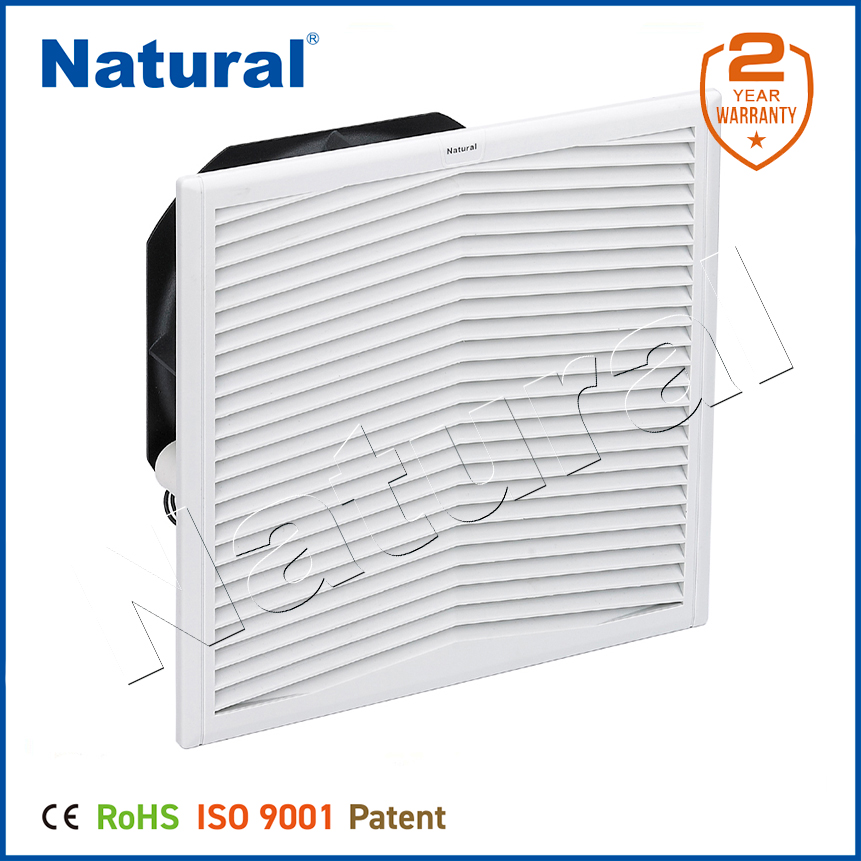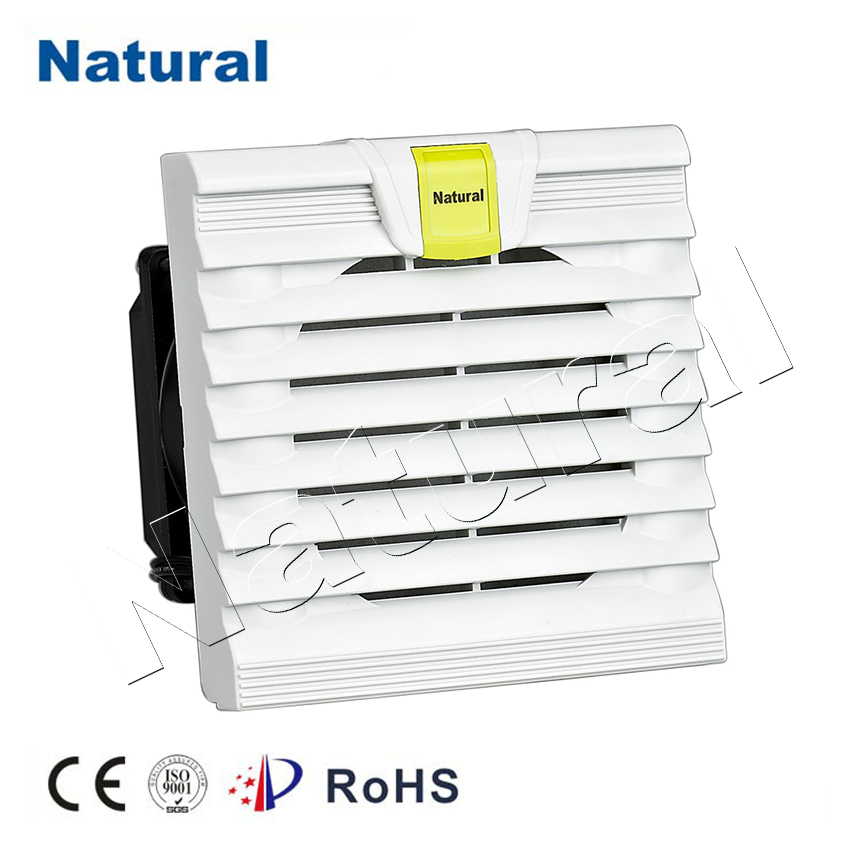In the ever-evolving landscape of environmental control, air filter cabinets have emerged as indispensable tools for maintaining clean and safe air quality in various settings. These cabinets are designed to house and manage air filters that remove contaminants from the air, ensuring that the environments in which they are used—be it industrial, laboratory, or residential—are protected from harmful particles. This article delves into the ultimate role of air filter cabinets, exploring their design, function, and the critical benefits they offer.

Understanding Air Filter Cabinets

An air filter cabinet is essentially a specialized enclosure that houses air filtration systems. Its primary function is to provide a controlled environment where air filters can operate effectively. These cabinets come in various sizes and configurations to accommodate different types of filters and air flow requirements. The core components of an air filter cabinet typically include the cabinet body, filter compartments, and often a pre-filter system to catch larger particles before they reach the main filter. Design and Construction The design of an air filter cabinet is crucial for its effectiveness. High-quality materials are used to construct the cabinet to ensure durability and to withstand the rigors of continuous use. Stainless steel, powder-coated metals, and advanced composites are common choices for cabinet construction due to their resistance to corrosion and ease of cleaning. Additionally, the design often incorporates features such as airtight seals and adjustable airflow controls to optimize filter performance and minimize air leakage.

Leave a Reply